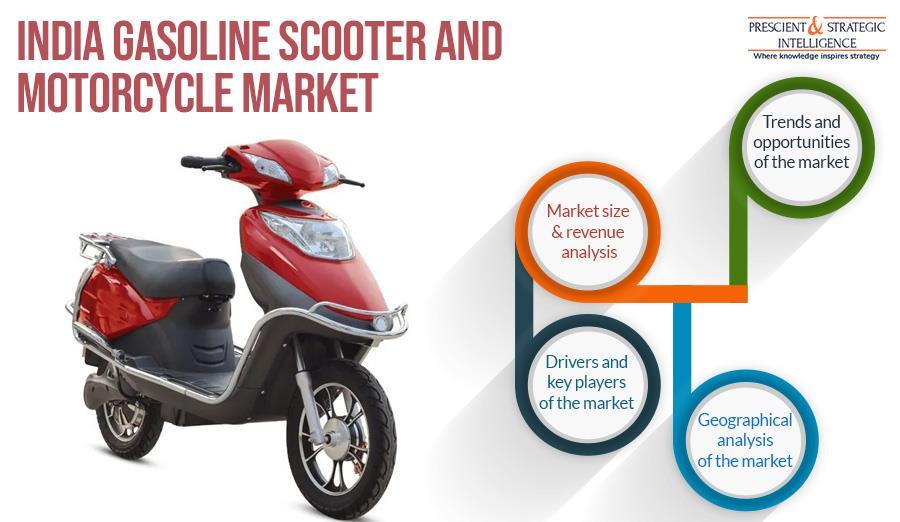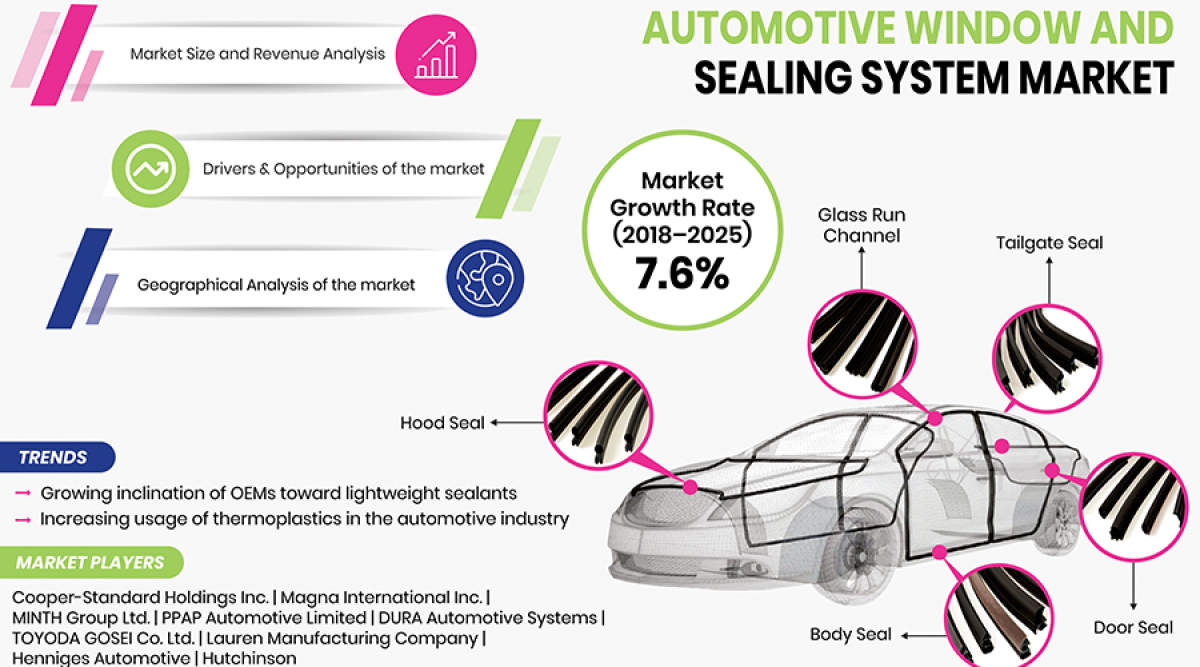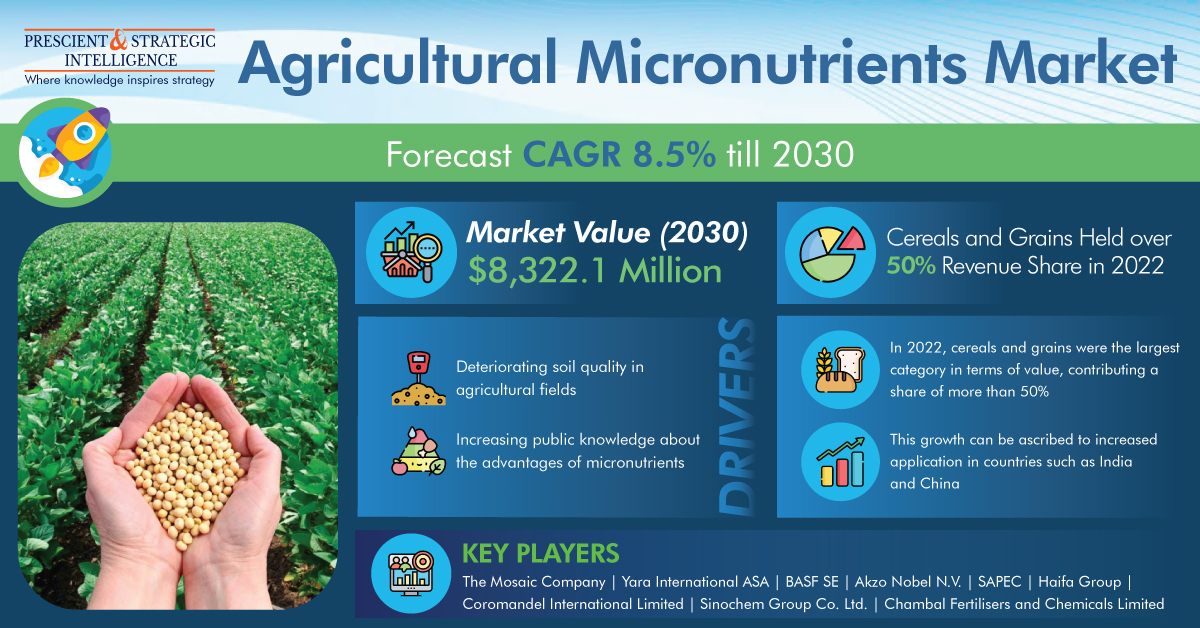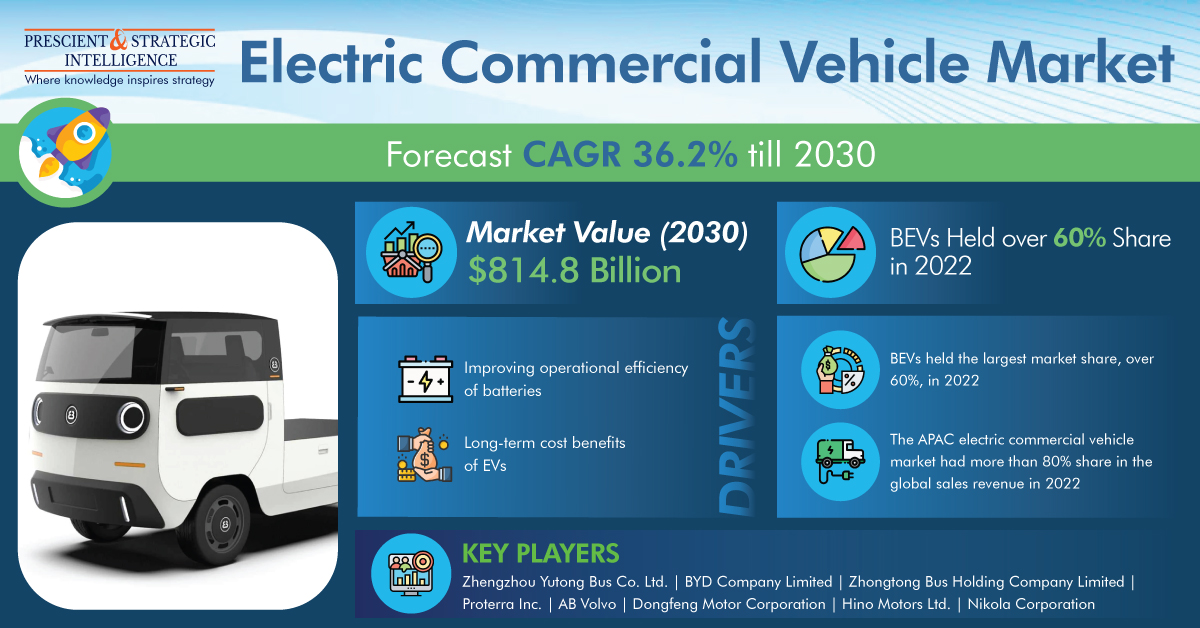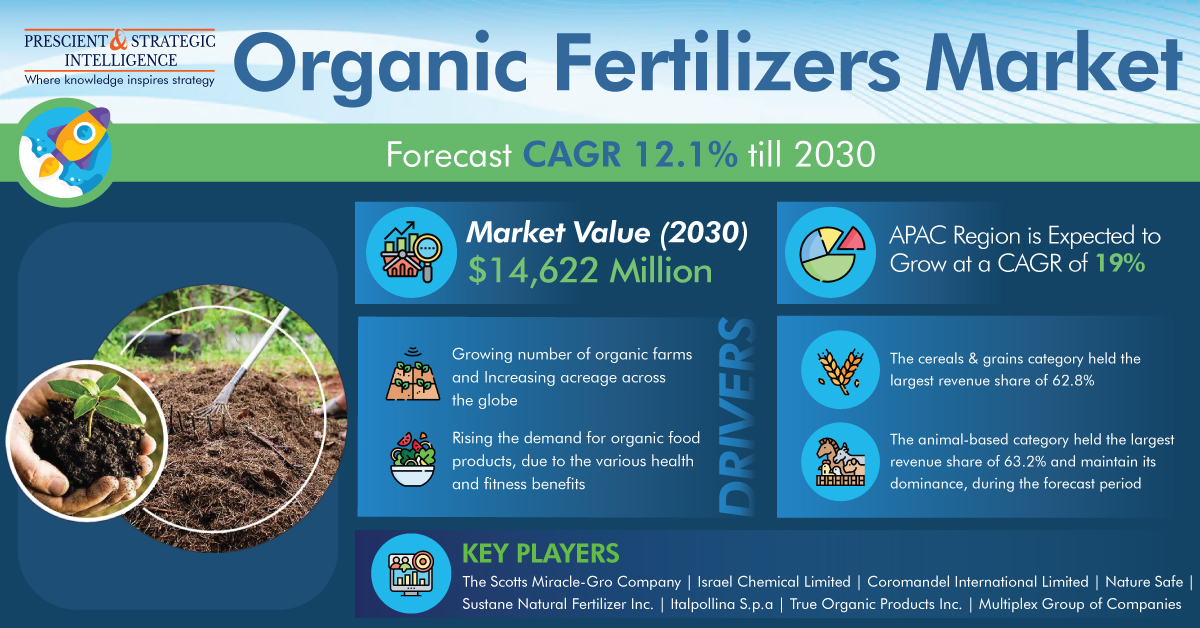Concepts of micro mobility and shared ecosystems are permeating human lives more and more frequently each day. Initiatives to hire electric scooters have proven very popular in Turkey.
The main drivers of the expansion of micromobility market in Turkey are the need to preserve the environment, an effective short-distance transport system, and the growing need to lessen traffic congestion. The sector will reach $14,711.1 million in 2030 as a result of the aforementioned causes.

Maintenance of a Green Environment Is Required
Environmental contamination is one of the main problems in Turkey. The amount of air pollution in the entire nation exceeds WHO recommendations, which causes fatal illnesses. Approximately 27% of the nation’s overall health spending is typically allocated to treating illnesses brought on by air pollution.
The government is using micromobility to lower pollution levels. The wide availability, cheap cost, ease of use, and environmental friendliness of the micromobility system have all contributed to its exponential rise.
Need to Reduce Traffic Congestion Is Driving Market Expansion
Istanbul is now ranked second among 220 cities worldwide in terms of traffic congestion, according to research by the transportation analytics company INRIX. The count of commuters is growing as a result of fast urbanization, which puts additional strain on the current transportation infrastructure.
People frequently pick their own automobiles when there isn’t an effective form of public transit, which complicates matters and increases traffic congestion.
Thus, micromobility improves connection to public transportation, lowers the dependency on private automobiles, and also contributes to a reduction in greenhouse gas emissions. It is regarded as a cutting-edge transportation plan that has shown to have significant promise for reducing congestion.
E-Scooters Dominated Market due to Their Extensive Fleet
Based on vehicle type, the e-scooter category represented the greatest value share in the Turkish micromobility industry.
In the coming years, this category is likewise anticipated to continue experiencing a similar trend. This is mostly attributable to the enormous fleet that e-scooters have, which leads to their high market availability when opposed to other vehicle types.

